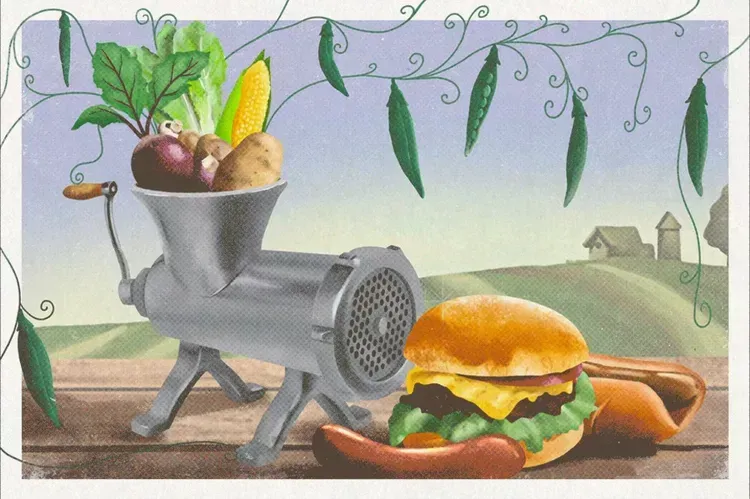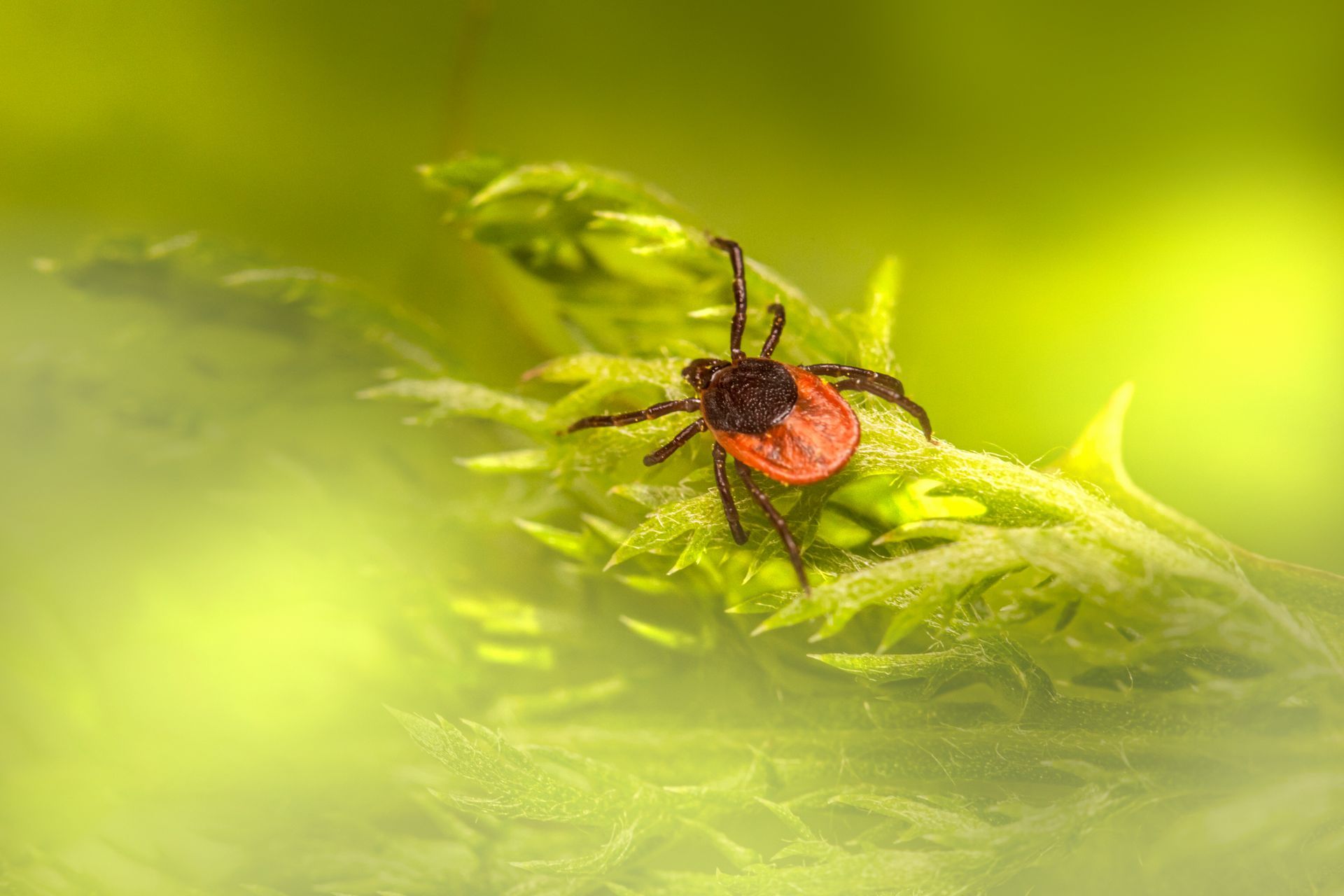GARDENING TIPS FOR APRIL FOR WOOSTER, OH
Jaynie Norman • April 26, 2021
NORTHEAST REGION - The Farmers Almanac
www.almanac.com/gardening/tips/OH/Wooster
- Rake or remove mulches from all flower beds.
- Plant rosebushes. They often do best if planted before growth starts and buds swell. And if you want to increase their fragrance, surround them with parsley.
- Broadcast lime, wood ashes, or a mixture of the two over alkaline-loving perennials such as delphiniums and dianthus. Bring color outdoors to patios, porches, and even the garden with pansy plants, which don't mind cold nights. To encourage constant flowering, routinely remove spent blossoms and keep them from getting bone-dry.
- Plant lilies-of-the-valley, violets, and garden lilies. Divide summer- and fall-blooming perennials, including delphiniums, irises, chrysanthemums, daisies, and phlox.
- Although we think of this as a rainy month, it can fool us. Remember to water your plants more frequently as the weather warms up and the days lengthen.
- When danger of frost has passed, uncover strawberry beds and keep them well watered.
- Plant blackberries, raspberries, strawberries, and fruit trees.
- Start seeds indoors for heat-loving crops such as eggplant, tomatoes, and squash.
- To determine whether your garden soil is ready for seeds, grab a good handful of it. If you can form it into a ball, the soil is too wet. If it crumbles through your fingers and reminds you of chocolate cake, it's ready for planting.
- If you got your peas in last month, be sure to give them a good fence for support, made of chicken wire, twine, or stubby branches that are at least three feet tall. Otherwise, plant them this month as soon as you can.
- Feed your trees. As soon as the frost goes out of the ground, give them a well-balanced slow-release fertilizer. Scatter about six good handfuls per each 10x10-foot area. Store leftover fertilizer in a small plastic trash can or a covered plastic container, and label it.
- Rake your lawn to remove all leaves, dead grass, and small twigs. Sow seed for a new lawn, or fill in bare patches by first covering the area with compost or other organic matter. Roll the lawn if the ground isn't soggy.
- Don't fertilize strawberries in the spring. This is when the leaves are developing, and you'll get lush growth and meager, soft berries. Wait until blossoms appear and use a light hand.
- Don't set tomato plants out in the garden too soon. They hate cold soil and cold nights (under 55 degrees F).
- When preparing to transplant seedlings, it is important to harden them off. Water the seedlings less for a week prior to planting. Set the seedlings outside in a wind-protected place when temperatures are above 50 degrees.
- Have you considered raised beds? They're a great way to get your garden started faster in the spring. See Almanac.com for articles on how to build a raised bed.
- Avoid planting seedlings until you've passed the last frost date for your area. See our Best Dates for Planting Seeds.
- Have you tested your soil to see if it's nutrient rich and will allow plants to thrive? Contact your state's cooperative extension service for free or low-cost soil tests.
- Once the garden soil is workable, give it a good stirring and let it sit for several days. Then top-dress it with compost or well-rotted manure.
- Plant cool-season vegetables outside, such as beets, peas, lettuce, collards, turnips, carrots, broccoli (transplants), brussels sprouts, Swiss chard, kale, kohlrabi, onions, parsley, parsnips, radishes, and spinach. See our Best Dates to Plant chart on Almanac.com/Gardening.
- Cover tender plants if late frost is in the forecast.
- Plants started indoors should be hardened off outdoors in cold frames.
- Plant perennials and shrubs early in the season to make sure they are established by summer. Divide perennials that are overcrowded.
- For overwintered geraniums, cut back 4 to 6 inches and remove the bottom leaves.
- Fertilize your trees with a well-balanced, slow-release fertilizer.
- If scale or aphids have been a problem on trees and shrubs, spray the branches with dormant oil when temperatures are above 40 degrees.
- If you have dead spots in the lawn, plan to patch them before the summer heat. Loosen the soil and work in some good-quality compost, sprinkle grass seed, rake lightly, and tamp to assure good seed-to-soil contact. Mulch with a thin layer of straw. Water as needed to keep the soil evenly moist until the grass sprouts.
- If you left your ornamental grasses intact last fall, you can go ahead and prune them back to a height of about 6 to 12 inches now, higher for larger clumps.
- Time to fertilize lawns, roses, raspberries, and woody plants.
- Do you have animal pests? Be sure you put the proper fencing in place before you start the garden. See Almanac.com/Gardening for our pest pages.
- Apply horticultural oil to trees and shrubs that had insect issues last year. Spray when temperatures are over 40 degrees F.
- Check your apple trees. If new shots seem blacked, you may have blight disease. Prune infected areas several inches below the damage. Dip your pruners in a weak bleach solution between pruning cuts to avoid spreading the disease to other trees.
- Remember to provide adequate soil moisture for your fruit trees during April and May for good fruit size.
- Once ground thaws, divide any crowded rhubarb stalks. Dig up the whole crown; break off the young side shoots and plant in a full sun location.
- Plant bare-root asparagus crowns as soon as the ground thaws. Choose a sunny spot!
- Inspect trees and shrubs for broken limbs and prune damaged branches back to unaffected wood. Cut branches back to a branch or bud that's facing outward.
- Begin Fertilizing Houseplants again.
You might also like
Jaynie Norman

By Chuck Abbott Successful Farming With U.S. approval of cultivated chicken grown in fermentation vats, farm-state lawmakers filed companion bills in the House and Senate on Tuesday to require alternative proteins, such as plant-based foods, to carry the words “imitation” or “lab-grown” on their labels. Sponsors said they wanted to prevent confusion in the supermarket between “real farm-raised meat” and its rivals. Plant-based meats accounted for 2.5% of retail packaged meat sales in 2022, according to the Good Food Institute, a think tank and network of organizations “working to accelerate alternative protein innovation.” Only a trickle of cultivated chicken is on the U.S. market at present. Upside Foods said last September it would build a commercial-scale plant to produce cell-cultured meat products in suburban Chicago. The USDA is working on label regulations for cultivated meat. In the interim, it decided Upside Foods and Good Meat, which were cleared last summer by USDA to sell cultivated meat to consumers, would label their products as cell-cultivated chicken. “The American consumer deserves to know what they are eating and feeding their family,” said sponsor Rep. Mark Alford, Missouri Republican. “It’s only fair that all products are labeled fairly.” Kansas Sen. Roger Marshall said, “Distinguishing between a black-bean burger and an actual beef burger shouldn’t be hard.” Under the legislation, foods made with plant protein and that are sold with a name associated with products from a food-bearing animal or that are created to taste or look like them would be required to carry the word “imitation” on the label or a word to show the source of the protein. “Meatless chicken tenders” would be one possibility, according to a summary of the bill. Similarly, labels for cultivated meat would include “cell-cultured” or “lab-grown” immediately adjacent to the name of the food. The bill was backed by the largest groups speaking for cattle, hog, sheep, and chicken producers, the American Farm Bureau Federation, and the National Association of State Departments of Agriculture. Livestock producers have argued for years for restrictive labels to prevent alternative proteins from using names associated with animals. A one-page summary of the bill is available here . To read the text of the legislation, click here .

The U.S. Food and Drug Administration (FDA) announced in June 2021 that all medically important antimicrobials for food-producing animals and pets will move from over-the-counter (OTC) to prescription (Rx) effective June 2023 . A prescription is already required for most antibiotics delivered to livestock, and the remaining three categories of injectable antibiotics available over-the-counter will soon be joining the list of medically important antimicrobials that require a veterinarian’s prescription. To add to the stress of raising livestock, now things will change again which is going to influence the ag industry overall. I hope that this list of medications will give people a chance to read it and become familiar with the situation before the change comes in June of 2023. Changes Coming are as follow: In 2018, the FDA established a 5 year plan for supporting antimicrobial supervision by veterinarians. The plans purpose to address antimicrobial resistance using only medically necessary drugs as necessary to prevent, treat and control disease. It has to be determined by a licensed veterinarian if it is necessary, but you won’t have to order the prescriptions from the vet directly. You will, however, need to establish a Veterinary-Client-Patient Relationship (VCPR) if certain animals are not examined regularly. Popular Products Will Require Prescriptions Following a recent penicillin shortage, soon producers will get hit with this change that once again impacts access to antibiotic therapy for animals. When you’ve used them for so long as OTC meds to treat pneumonia or shipping fever in your livestock, Now, the change will be to establish the relationship with your veterinarian to get the prescriptions for these meds. Here is the list by active ingredients. The following are some products that will be seeing label changes to prescription-only status: Oxytetracyclines Injectables: Liquamycin LA-200, Noromycin 300 LA, Bio-Mycin 200, Agrimycin 200, etc. Boluses: Terramycin Scours Tablets, OXY 500 Calf Boluses Penicillins (Penicillin G procaine, penicillin G benzathine) Injectables: Penicillin Injectable, Dura-Pen, Pro-Pen-G, Combi-Pen 48, etc. Intramammary tubes: Masti-Clear, Go-dry, Albadry Plus Sulfa-based antibiotics (Sulfadimethoxine, sulfamethazine) Injectables: Di-Methox 40%, SulfMed 40% Boluses: Albon, Sustain III Cattle & Calf Boluses, Supra Sulfa III Cattle & Calf Boluses Tylosin Injectables: Tylan 50, Tylan 200 Cephapirin, cephapirin benzathine Intramammary tubes: ToDAY and ToMORROW Additionally, several swine medications fall under the new guidance: Lincomycin Injectables: Lincomix 100, Lincomix 300, LincoMed 100, LincoMed 300 Gentamicin Injectables: Garasol, Gentamicin Piglet Injection ToDay Mastitis Treatment for Lactating C ows
